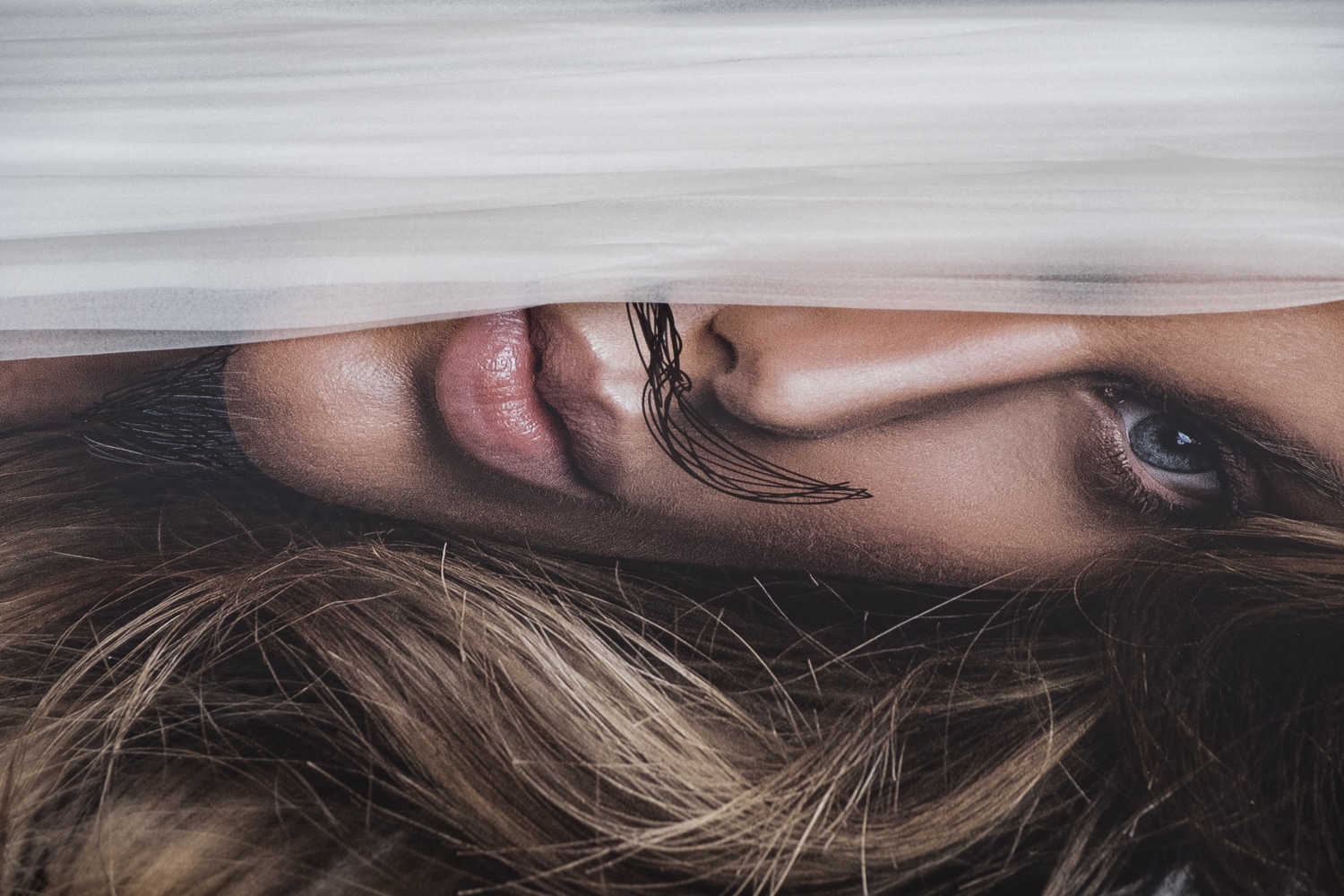In recent days whenever I look down at my bare knees I think to myself that these could do with a wax. On the other hand, why bother? It’s January, freezing cold, and we are in Tier 5 lockdown. I then remembered that there’s a campaign called Januhairy which started in 2019. Women are encouraged grow out their body hair for the month with the aim of loving and accepting their natural state. There is also a fundraising aspect to it. This year because of Coronavirus the campaign has been less active, but intends to came back in full force in 2022. Perusing the instagram @januhairy hashtag, images of women with raised arms displaying armpit hair seem to dominate the feed, followed by body hair extending from bikini area and some photos of hairy legs. Laudable steps in the right direction, but quite tame to me. There were exceptions, a woman with chest hair and another woman with facial hair. I come from a Persian Jewish background; a double whammy of hirsutism.
Below, a photo of my dad as a youth – possibly 1940s:

To add to my inherited hairiness, as a teenager I was diagnosed with POS – Polycystic Ovary Syndrome – one of the side effects was an increase in facial hair. A combination of oral hormones and lengthy, expensive electrolysis eventually got rid of the hair. Traditionally in Persian culture and I believe throughout the Middle East facial and body hair in women are scrupulously eliminated and considered an essential part of grooming. This grooming is high maintenance, and I personally don’t subscribe to it being an empowering choice. I’ve had a relationship with depilation for decades. I remember visiting a Hungarian electrologist in Israel, back in the late 70’s. As she removed the first hair from my upper lip she said to me in Hebrew with a heavy Hungarian accent, “at kvar yoter yafa” – translated as ” already you are more beautiful!”
Photo of depilation devices at HaCarmel Market, Tel Aviv, 2015:

Indeed whilst studying for a photography degree in the early 90s I produced photo project on the themes of depilation, in addition to a dissertation on the representation of hair and hairiness.
Below, my mum having her armpits waxed by Susan the beautician, circa 1990:

Self portrait – thigh wax – circa 1990:

The culture of depilation, even 30 years later, is still ongoing. Here’s a recent photo of a detail of a large advertising poster taken in London’s Soho. The woke campaign acknowledges that hair removal should be optional, but still makes it desirable. The razor is a delicate pink and vegan. and the model’s nails are painted in a trendy pastel blue and (ironically to me) part of the proceeds go to supporting gender equality. The connotation is that you have the power to choose to shave, and that it is a conscious choice rather than societal pressure or shame that motivates you:

In the past year on separate occasions I’ve witnessed a clean up of graffiti which resulted in a kind of visual depilation.
The first was last May in Chalk Farm Road in Camden. I noticed a billboard of a woman with red lipstick the added graffiti of a Chaplinesque toothbrush moustache an a few straggly chin hairs so took a few shots:

A couple of weeks later the billboard had been cleaned, and the effect to me was that she’d undergone some form of depilation:

Funnily enough, the graffiti returned with a vengeance – a hairy scrotum was added after the clean up:

Around the same time In Notting Hill, I saw this image of Julia Roberts from the film of the same name (Notting Hill), defaced with squiggly toothbrush moustache:

And once again, a couple of weeks later, walking past the same image I found a cleaned-up depilated version, restoring her upper lip to its original hairless version:

Back in 2014 I wrote a blog called Hairy Women: Moustaches and Graffiti. The next series of photographs are an update to that piece and were taken in London, Venice and New York. What I find interesting is that many of the moustaches have a similar retro look – variations on the Handlebar and Dali moustaches:





A rarer pencil moustache:

Unibrow, goatee beard and handlebar moustache complement the fishnet glamour:

Even an artist with gender fluidity isn’t immune to the added moustache. Below a self-portrait of Hannah Gluckstein, which was used as the face of a poster advertising an exhibition of Queer British Art at Tate Modern in 2017, has been modified with a graffiti moustache, triangular beard patch also known as a soul patch, and spectacles:

Last spring during the first lockdown I did wax my legs – and took a self-portrait whilst I was at it. Here I am waxing my right knee:

But for now, and thanks to Januhairy, I’ll just embrace my natural state.
Links:
Hairy Women, Moustaches and Graffiti: https://www.mishaminoff.com/hairy-women-moustaches-and-graffiti/
Januhairy Instagram page:https://www.instagram.com/januhairy/